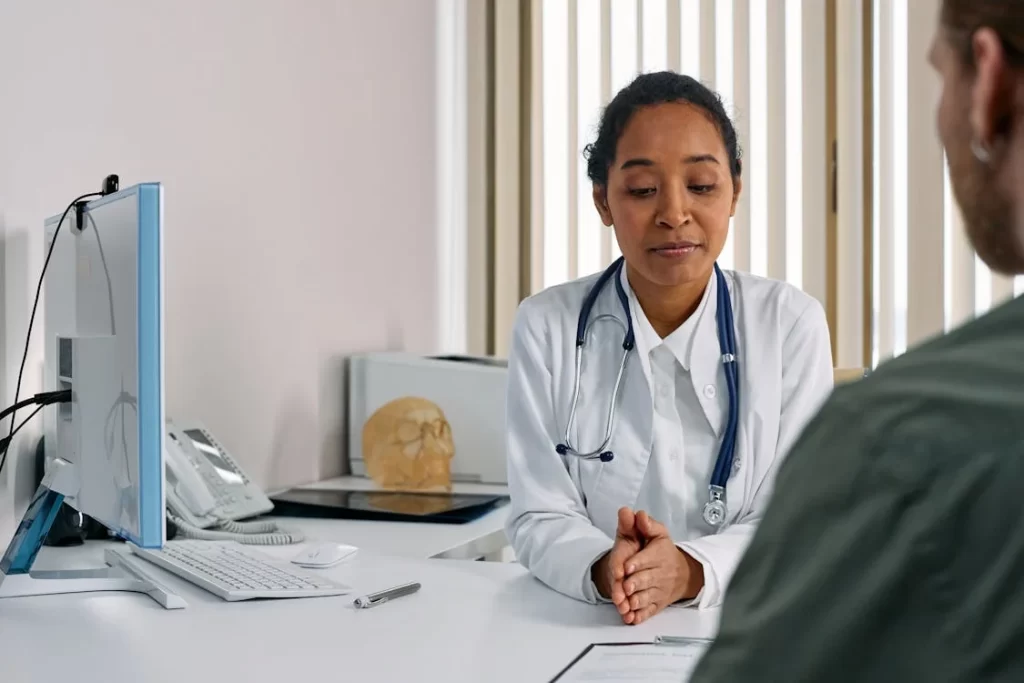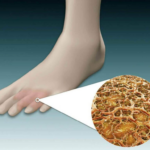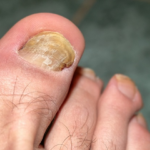
Male thrush, or candidiasis, is a fungal infection caused by the overgrowth of Candida albicans. While often associated with women, it can also affect men, particularly in the genital area. Recognizing the symptoms early and taking the right steps can prevent discomfort and complications. Below, we outline the 9 most common symptoms of male thrush and what you can do to treat and prevent it.
1. Intense Itching in the Genital Area
What it feels like: Persistent itching and irritation, especially around the glans (head of the penis) and foreskin.
What to do: Use antifungal creams like clotrimazole to alleviate itching and kill the fungus. Avoid scratching, as it can worsen the irritation.
2. Redness and Inflammation
What it looks like: Red or inflamed patches on the glans or foreskin, sometimes extending to the shaft.
What to do: Maintain proper hygiene, gently cleaning the area with mild soap and water. Apply a topical antifungal cream as prescribed.
3. White, Thick Discharge
What it looks like: A discharge that resembles cottage cheese, often found under the foreskin or on the glans.
What to do: Clean the area thoroughly and consult a healthcare professional for an accurate diagnosis and appropriate treatment.
4. Pain or Burning Sensation During Urination
What it feels like: A sharp or stinging sensation when urinating, caused by inflammation.
What to do: Increase water intake to dilute urine and reduce irritation. Seek medical advice if symptoms persist.
5. Difficulty Retracting the Foreskin
What it looks like: Swelling or tightness of the foreskin, making it hard to retract fully.
What to do: Consult a doctor to determine if the condition is balanoposthitis (inflammation of the glans and foreskin), which may require specific treatment.
6. Cracking or Dry Skin on the Penis
What it looks like: Flaky, dry patches or cracks on the skin, often accompanied by discomfort.
What to do: Use a gentle moisturizer or an antifungal cream to restore the skin’s barrier and treat the infection.
7. Pain or Discomfort During Intercourse
What it feels like: Increased sensitivity or burning sensations during sexual activity.
What to do: Avoid sexual activity until symptoms resolve to prevent further irritation or transmission to your partner.
8. Bad Odor
What it smells like: A musty or unpleasant odor, often due to fungal overgrowth and trapped moisture.
What to do: Ensure the area is clean and dry. Avoid using scented products that could worsen the irritation.
9. Small, White Bumps or Lesions
What it looks like: Tiny white or red spots on the glans or foreskin, which may or may not be painful.
What to do: Do not attempt to pop or scratch them. Schedule a consultation with a healthcare provider to rule out other conditions, such as STIs.
What to Do if You Have Male Thrush
1. Consult a Doctor
While over-the-counter antifungal treatments can help, consulting a healthcare provider ensures the right diagnosis and treatment plan.
2. Use Antifungal Medication
- Topical options: Clotrimazole or miconazole creams.
- Oral options: Fluconazole may be prescribed for severe or recurrent cases.
3. Maintain Proper Hygiene
- Wash the genital area daily with mild soap.
- Dry thoroughly, especially under the foreskin, to prevent moisture buildup.
4. Avoid Aggravating Factors
- Skip tight or synthetic underwear.
- Refrain from using harsh soaps or scented products on the genital area.
5. Strengthen Your Immune System
- Follow a balanced diet with reduced sugar intake.
- Include probiotics like yogurt or kefir to promote healthy gut flora.
Prevention Tips
- Practice safe sex: Always use condoms.
- Wear breathable clothing: Choose cotton fabrics to minimize moisture.
- Stay dry: Change out of wet clothing promptly after exercise or swimming.
- Monitor your health: Manage underlying conditions like diabetes to reduce risk.
Conclusion
Male thrush is a treatable condition, but early intervention is key to preventing discomfort and complications. If you experience any of the symptoms listed, take action immediately. Consult a healthcare provider for proper treatment, and follow the prevention tips to reduce the chances of recurrence.
Have you experienced male thrush or have tips for managing it? Share your thoughts in the comments below!

Dr. Sarah Miller is widely recognized as an influential leader in the healthcare field, with a career marked by excellence, innovation, and dedication to improving human well-being. Combining exceptional academic knowledge, clinical experience, and a deep commitment to research, she has become a reference in her specialty.






